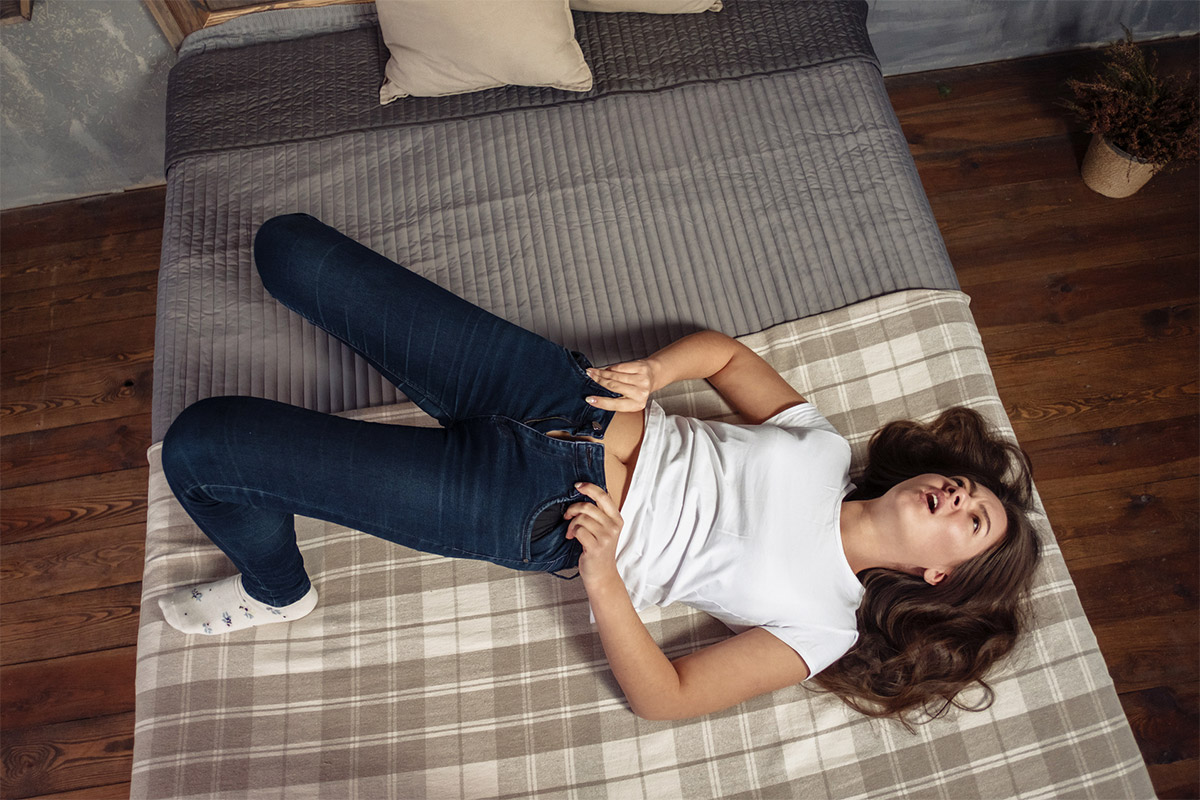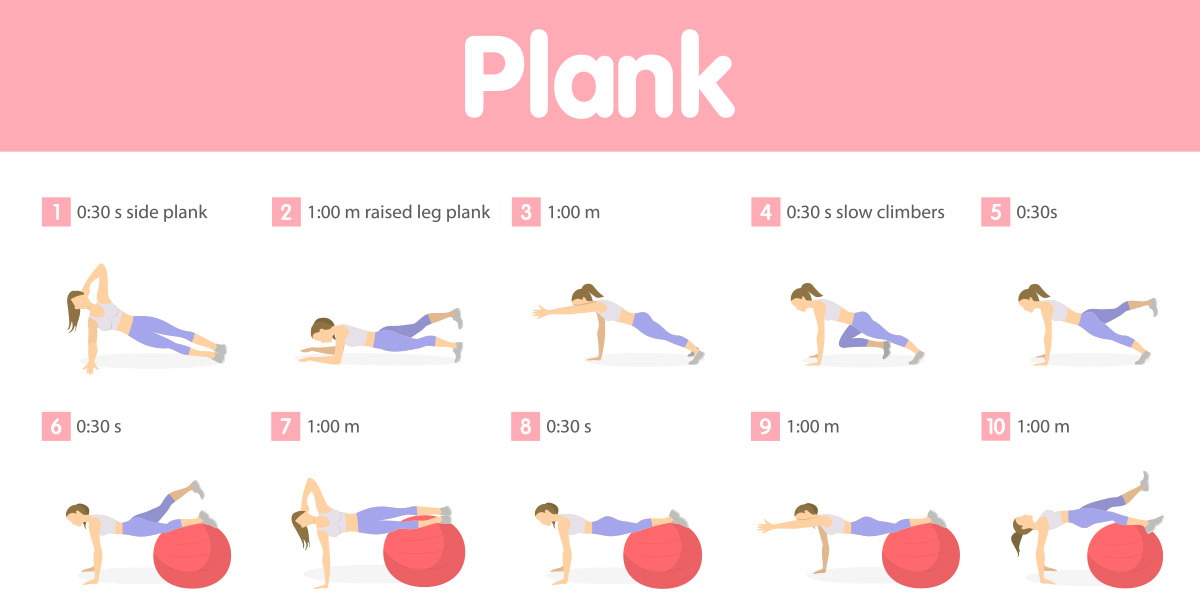Finding your core

- Dec 31, 2018
Finding your core
Fitness regimes will often refer to your 'core' - strengthen your core - engage your core - but do you really know what core they are referring to?
The muscles you would use to squeeze into a low cut pair of too tight jeans use your core muscles! Squeezing into a pair of low cut jeans
Squeezing into a pair of low cut jeans
We know your core refers to stomach muscles or there abouts so which ones and why are they so important?
The "rock-hard aba dabas" or "six-pack" we notice are actually part of the core but NOT the main game. The network of smaller inner muscles around the pelvis and lower spine form what is known by health and fitness professionals as a muscular "corset".
if you wanted to stop yourself from going to the toilet - you would activate these core muscles.
A noticeable attribute of an activated core is a lack of bloating of the stomach whilst doing exercise, the outer stomach is pulled to the spine.
Pilates is a form of exercise, developed by Joseph Pilates, which emphasizes the balanced development of the body through core strength, flexibility, and awareness in order to support efficient, graceful movement.

Exercises that work your core
Plank exercises are synonymous with developing a strong core. In Pilates you combine breathing techniques subtly different to breathing techniques used in Yoga. With Pilates you hold your core on the out-breath keeping the stomach close to the spine. Joseph Pilates placed special emphasis on the exhalation - in order to engage the deepest core muscles when he designed the exercises referred to as Pilates.
The Pilates inhale is special too. You blow your ribs up (expand your ribs - not your stomach) like a balloon expanding them backwards.
How to move furniture whilst engaging your core
The benefits of a strong core are especially noticeable in many tasks around the home.
You may need to move heavy furniture and are forced to physically lift as no other methods like sliding or using professional removalists are available.
You may have no choice but to carry it. There is more to safely moving a heavy object than just bending your knees. You also need to keep your core muscles activated, and lift the furniture through your legs and thighs, instead of using your back. Never bend at the waist.

Search News Articles...
Recent Articles

Unique Web Systems Matter in a World of Sameness
- Dec 26 2025
- /
- 40

Most AI Websites Fail to Rank
- Nov 18 2025
- /
- 267

Sitemap.xml Best Practices
- Oct 14 2025
- /
- 973

Fake Reviews on Google My Business
- Oct 07 2025
- /
- 485

Sending Emails from Code
- Sep 17 2025
- /
- 579

US Tariff Shifts Undermining eCommerce
- Sep 05 2025
- /
- 710

Small Business Success Formula
- Aug 23 2025
- /
- 543

Do Strong CTAs Help or Hurt Your Website?
- Jul 31 2025
- /
- 738

AI Crawlers vs Search Crawlers
- Jul 04 2025
- /
- 945

AI vs. Human Writing - How to detect Ai
- Jun 26 2025
- /
- 1327
View All News Articles
Categories
A Gold Coast SEO and Web Developer